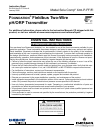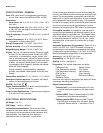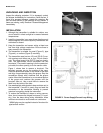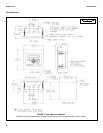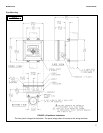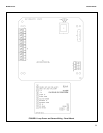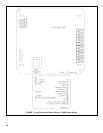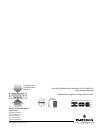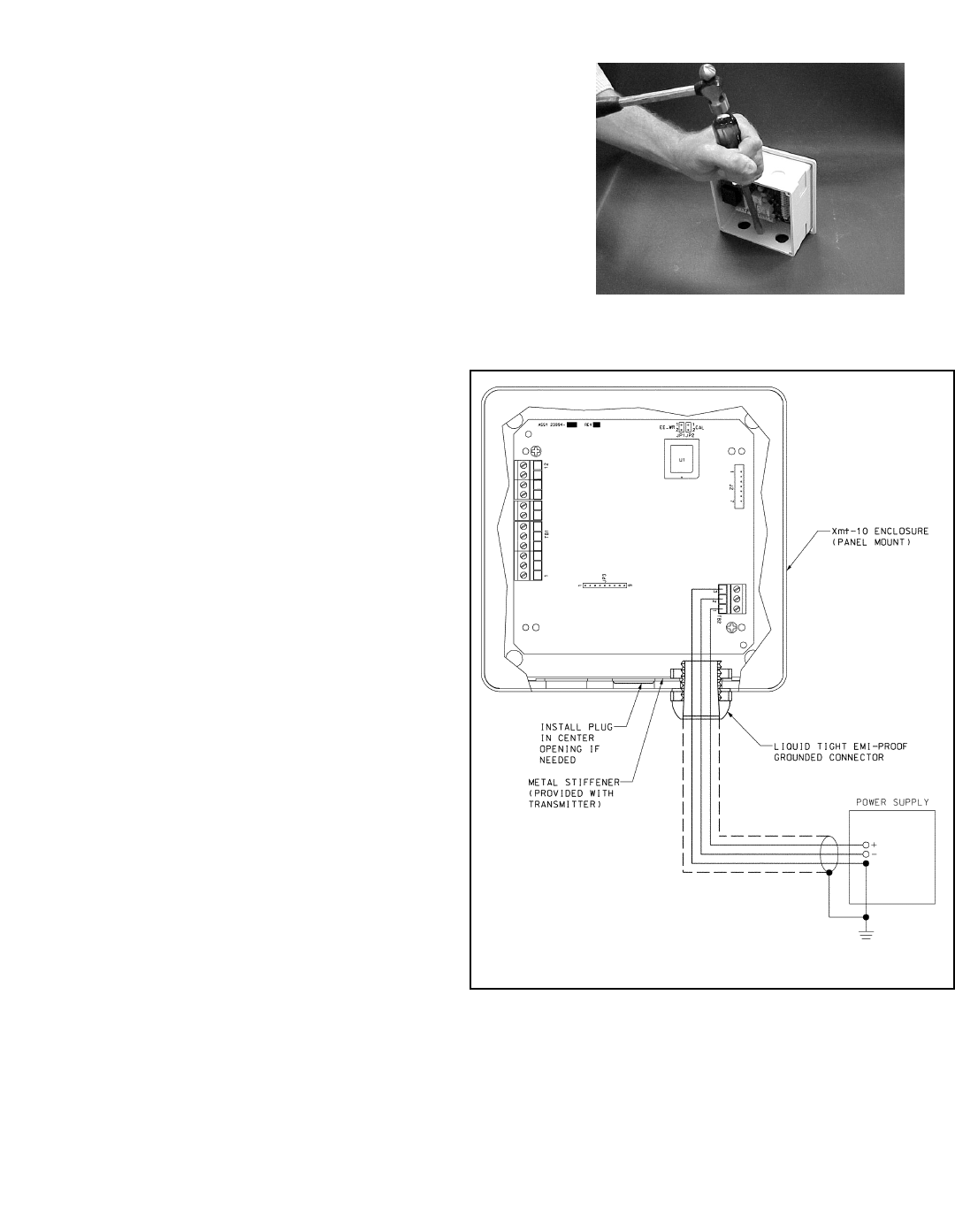
MODEL Xmt-P INSTALLATION
5
UNPACKING AND INSPECTION
Inspect the shipping container. If it is damaged, contact
the shipper immediately for instructions. Save the box. If
there is no apparent damage, unpack the container. Be
sure all items shown on the packing list are present. If
items are missing, notify Emerson Process Management
immediately.
INSTALLATION
1. Although the transmitter is suitable for outdoor use,
do not install it in direct sunlight or in areas of extreme
temperatures.
2. Install the transmitter in an area where vibrations and
electromagnetic and radio frequency interference are
minimized or absent.
3. Keep the transmitter and sensor wiring at least one
foot from high voltage conductors. Be sure there is
easy access to the transmitter.
4. The transmitter is suitable for panel (Figure 3), pipe
(Figure 4), or surface (Figure 5) mounting.
5. The transmitter case has two 1/2-inch (PG13.5) con-
duit openings and either one or four 1/2-inch knock-
outs. The panel mount Xmt-P-FF/FI has four knock-
outs. The pipe/surface mount transmitter has two
knockouts*. One conduit opening is for the power/out-
put cable; the other opening is for the sensor cable.
Figure 1 shows how to remove a knockout. The
knockout grooves are on the outside of the case.
Place the screwdriver blade on the inside of the case
and align it approximately along the groove. Rap the
screwdriver sharply with a hammer until the groove
cracks. Move the screwdriver to an uncracked portion
of the groove and continue the process until the
knockout falls out. Use a small knife to remove the
flash from the inside of the hole.
6. Use weathertight cable glands to keep moisture out to
the transmitter. If conduit is used, plug and seal the
connections at the transmitter housing to prevent
moisture from getting inside the instrument.
7. To reduce the likelihood of stress on wiring connec-
tions, do not remove the hinged front panel (-11 mod-
els) from the base during wiring installation. Allow
sufficient wire leads to avoid stress on conductors.
*NEMA plug may be supplied instead of knockout for
pipe/surface version.
FIGURE 1. Removing the Knockouts
FIGURE 2. Power Supply/Current Loop Wiring
(9 - 32 VDC)



